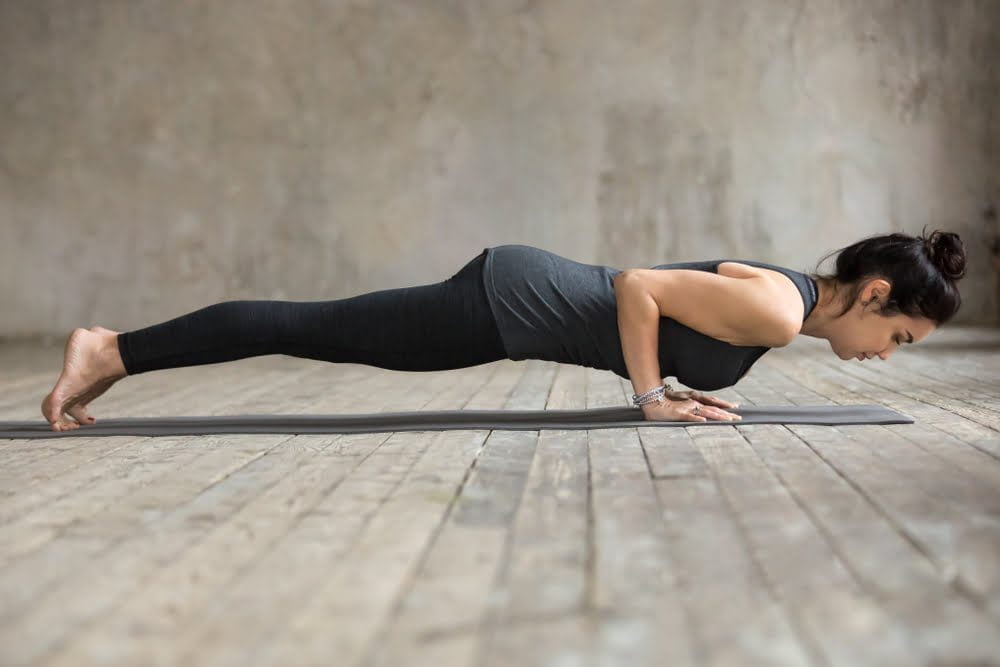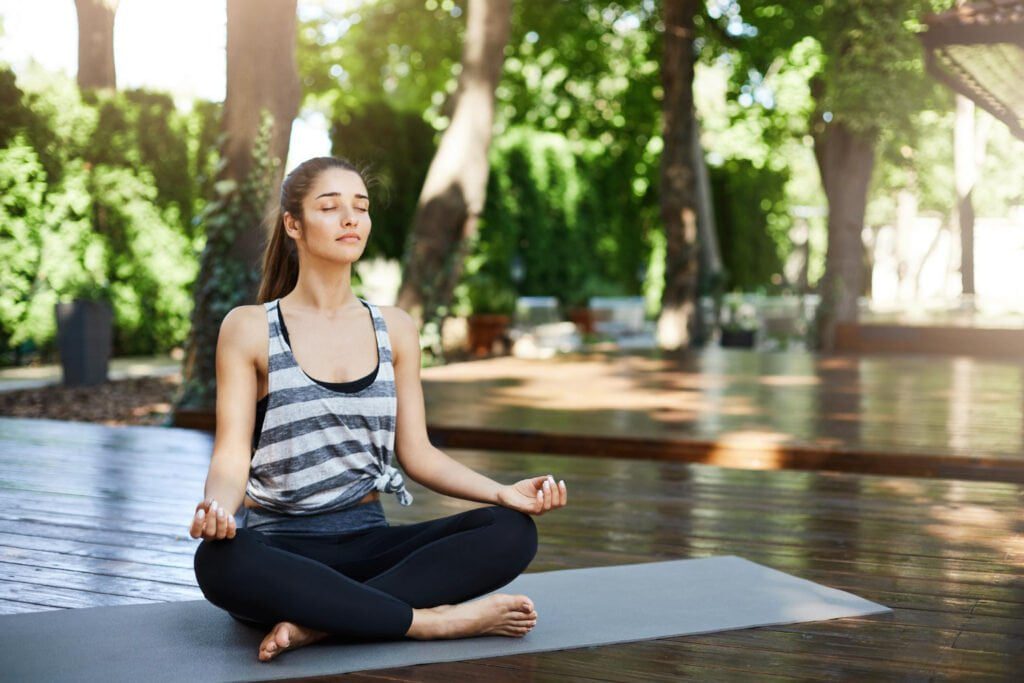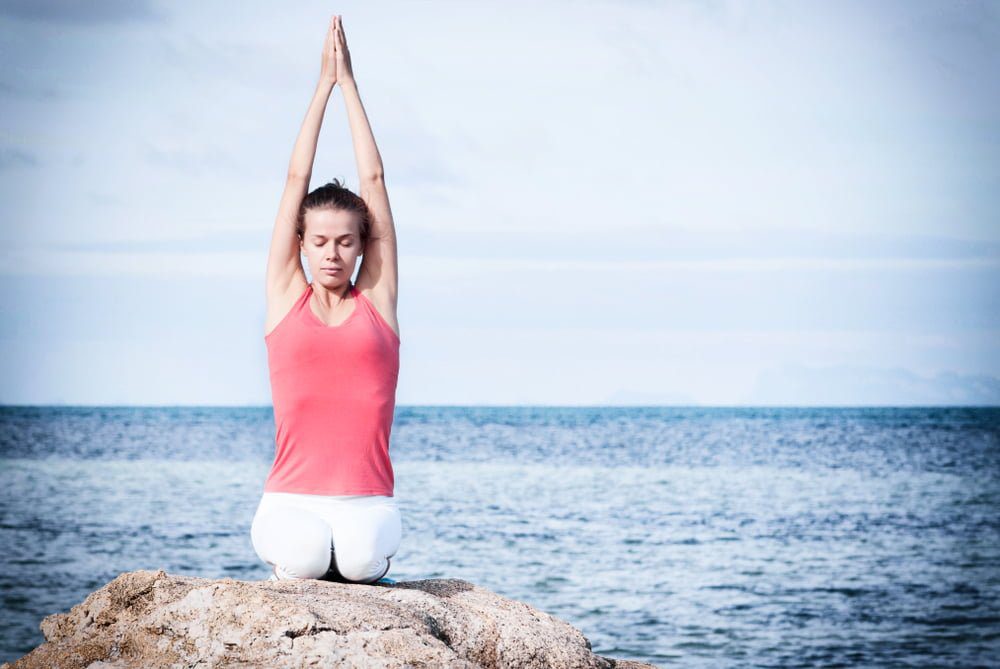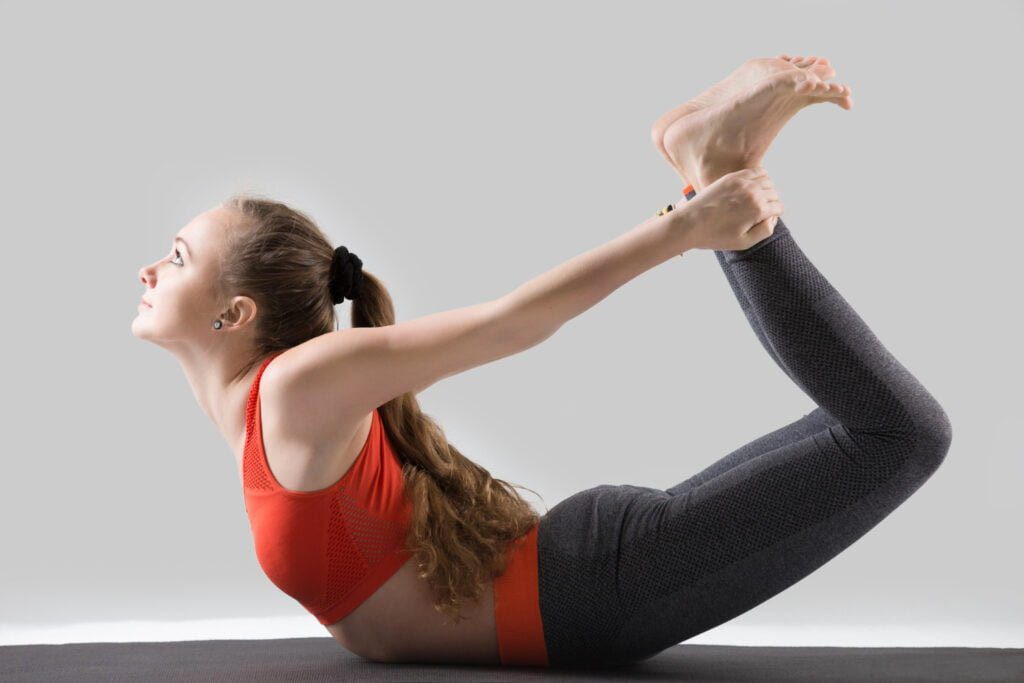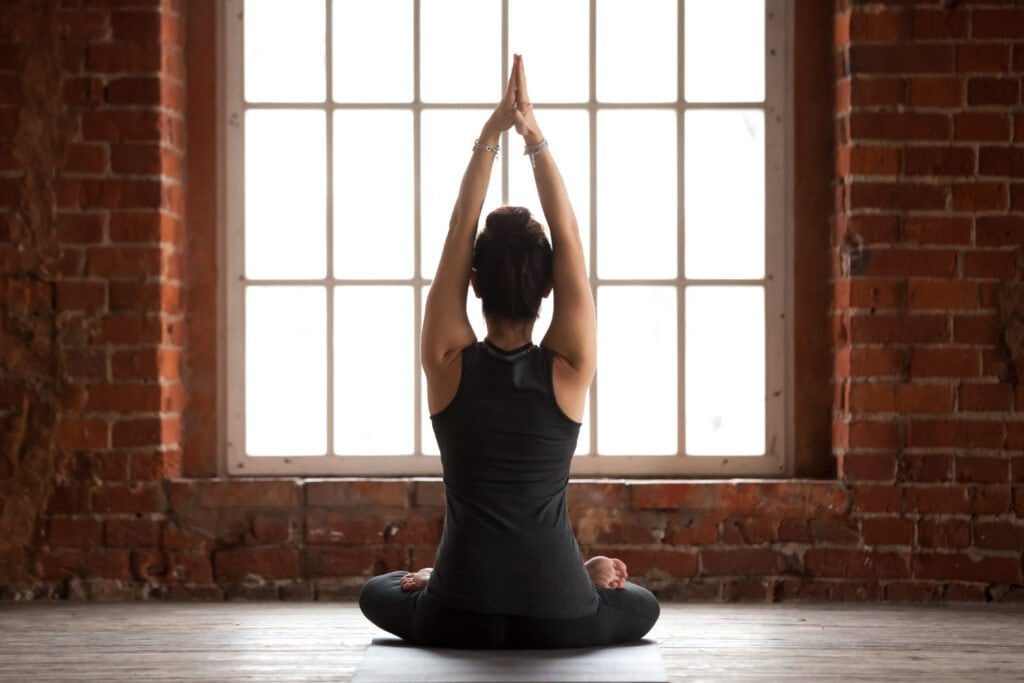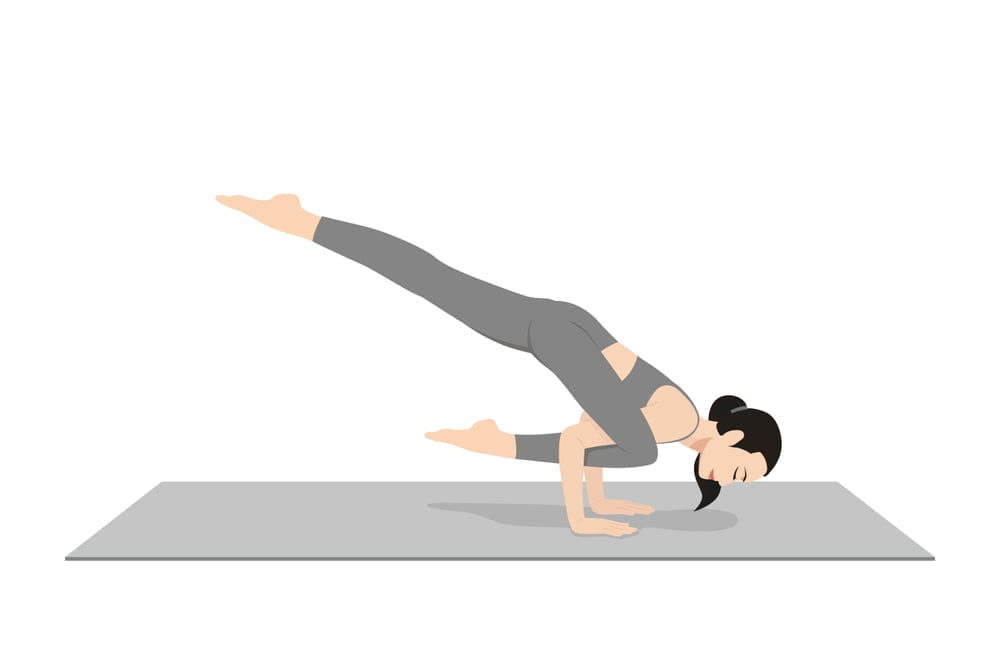But what are soreness really? These are micro tears that occur in the muscle tissue after overexertion during our sports practice. They normally appear after a period of sedentary lifestyle and also due to excessive activity. To avoid them, it is necessary to warm up before playing sports, remember to stretch at the end and adapt the intensity of the activity to our possibilities. The truth is that it is not always easy to keep the dreaded soreness away and once they appear they are very annoying and painful, which is why Yoga offers us a series of asanas dedicated to stretching the muscles and massaging the tissues, which greatly relieves the pain. inconvenience.
Benefits of Yoga to relieve soreness.
1. Increased flexibility.
Yoga helps to improve flexibility in the muscles and joints, which can alleviate soreness by reducing tension and tightness in the body.
2. Improved circulation.
The gentle movements and stretches in yoga help to increase blood flow throughout the body, which can aid in the healing process and reduce inflammation.
3. Strengthening of muscles.
Yoga poses target specific muscle groups, helping to build strength and stability. This can help to prevent future soreness by supporting the body and reducing the risk of injury.
4. Stress relief.
Yoga is known for its calming and relaxing effects on the mind and body. By reducing stress and tension, yoga can help to alleviate soreness caused by tight muscles and mental strain.
5. Better posture.
Poor posture can contribute to muscle soreness and discomfort. Yoga helps to improve posture by strengthening the core muscles and promoting alignment, which can reduce strain on the body and alleviate soreness.
6. Mind-body connection.
Yoga encourages mindfulness and awareness of the body, allowing practitioners to tune into their physical sensations and address areas of soreness with targeted stretches and movements.
7. Increased range of motion.
Yoga can help to improve joint mobility and range of motion, which can reduce stiffness and soreness in the muscles and joints.
8. Overall well-being.
Practicing yoga regularly can have a positive impact on overall health and well-being, leading to reduced levels of soreness and discomfort in the body.
Top 6 Yoga To Relieve Soreness.
1. From Hero To Prone Hero (Virasana To Supta Virasana).
Sitting in the space between your feet, as you exhale, bring your trunk downwards, supporting your elbows. Support the crown of your head, slide your head until the back and back are supported. Then extend your arms behind your head (or each hand to the opposite elbow). Five minutes is a perfect time to get a good rest in your legs, especially your thighs. This posture also stretches the abdominal organs and pelvic region. Beginners can do each leg separately so as not to injure the knees and over time do it with both knees, first keeping the knees apart and with a block on the back between the shoulder blades.
2. The Monkey King (Preparation To Hanumanasana).
In the four-legged posture, fully stretch one leg forward by pushing your heel toward the ground and as you exhale, lower your trunk toward the stretched leg. Practice for 5 or 10 breaths and change legs. A perfect asana to stretch your hamstrings and calves.
3. Cow Face (Gomukhasana).
Sitting on the floor with your legs stretched out in front, bend your right knee so that it is just above the left. He stretches his right arm crosswise and then bends it toward his upper back. The left arm will go underneath, until the fingers of both hands intertwine (if this is not possible, we can use a tape). Keep your spine straight. This posture relieves leg cramps and gives elasticity to your muscles. The lats are stretched and the shoulders gain flexibility.
4. The Clamp (Paschimottasana).
Sitting on the floor with your legs stretched and straight in front of you, place your palms on either side of your hips. He stretches out his arms and grabs the big toes with the index and heart fingers. He inhales and stretches his spine. Exhale and bend your elbows outward, flexing your trunk toward your legs. Rejuvenates the entire spine and stretches the pelvis.
5. Ankle Movement.
Exercise belonging to the Pawanmuktasanas series: sitting on the floor with the legs stretched and straight in front, separate the feet slightly. Slowly move both feet back as you inhale and forward as you exhale. Hold the final posture for a few seconds and increase the intensity little by little. This exercise eliminates energy blockages in the ankles and legs.
6. Cow-Cat Movement (Marjariasana).
Positioned on the four supports (wrists below shoulders and knees below hips), inhale while raising your head and arching your spine downward; Exhale as you lower your head and arch your spine upward. A recommended asana to relieve shoulders, spine and neck.
Precautions.
- Start slow and gradually increase intensity.
- Listen to your body and don’t push yourself too hard.
- Warm up before starting any yoga poses.
- Use props such as blocks or straps to modify poses if needed.
- Stay hydrated and make sure to drink plenty of water before and after practicing yoga.
- Focus on proper alignment in each pose to prevent strain on muscles.
- Incorporate restorative yoga poses to help relax and release tension in sore muscles.
- Consult with a yoga instructor or healthcare professional if you have any underlying health conditions or injuries.
Frequently Asked Questions.
Yes, yoga can help alleviate muscle soreness.
Light cardio, foam rolling, and stretching can help alleviate soreness.
Bottom Line.
Yoga is a highly effective and natural way to relieve soreness in the body. By incorporating gentle stretching, strengthening, and relaxation techniques, yoga can help to alleviate tension and stiffness in muscles, improve flexibility, and promote overall well-being. Regular practice of yoga can not only provide immediate relief from soreness, but also prevent future aches and pains. Whether you are a beginner or experienced yogi, incorporating yoga into your routine can be a beneficial and holistic approach to managing soreness and promoting physical and mental health.

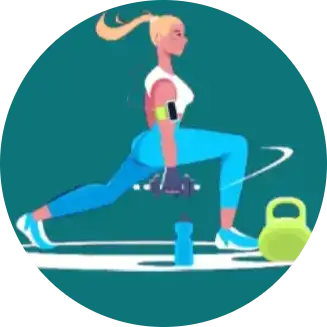 Workout
Workout
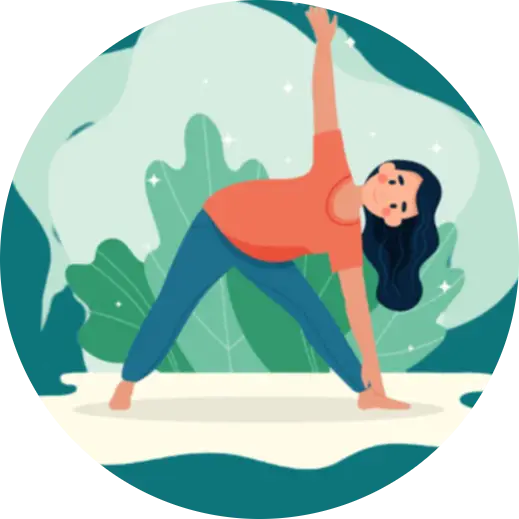 Meditation
Meditation

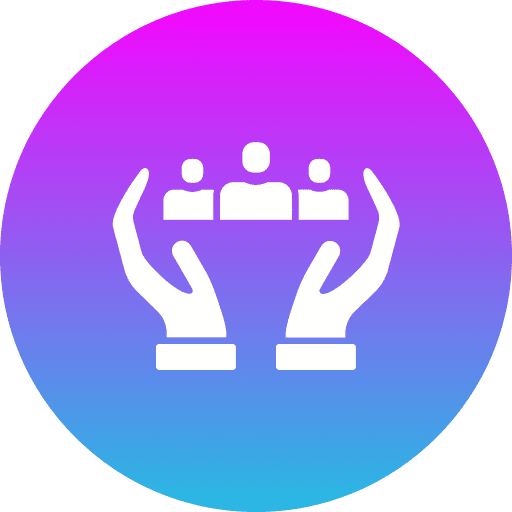



 Contact Us
Contact Us




